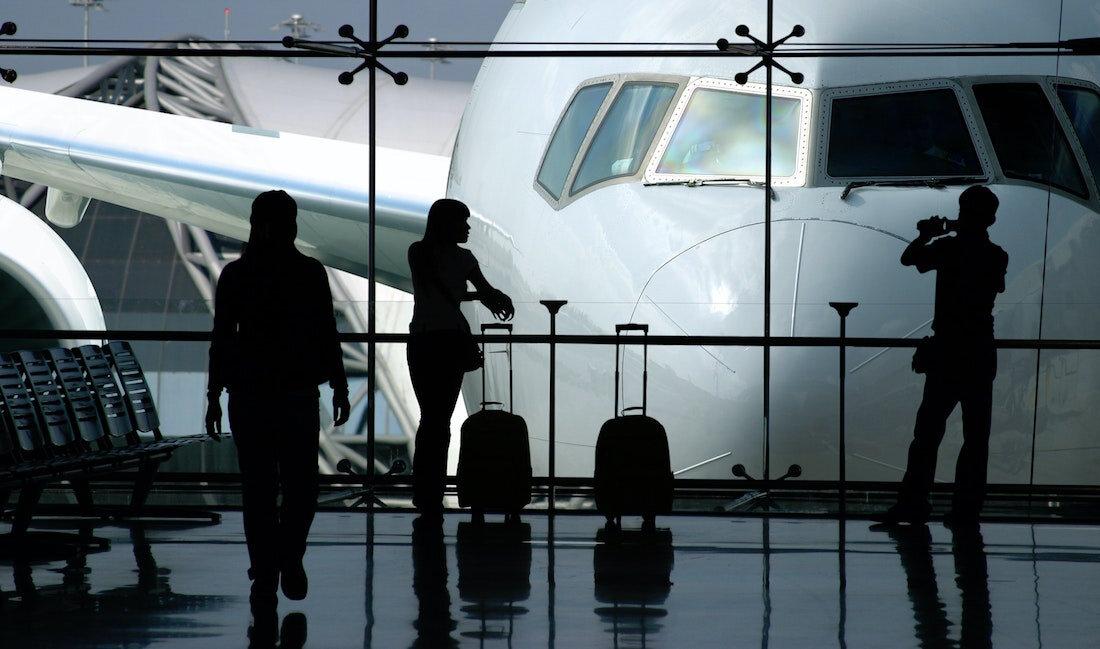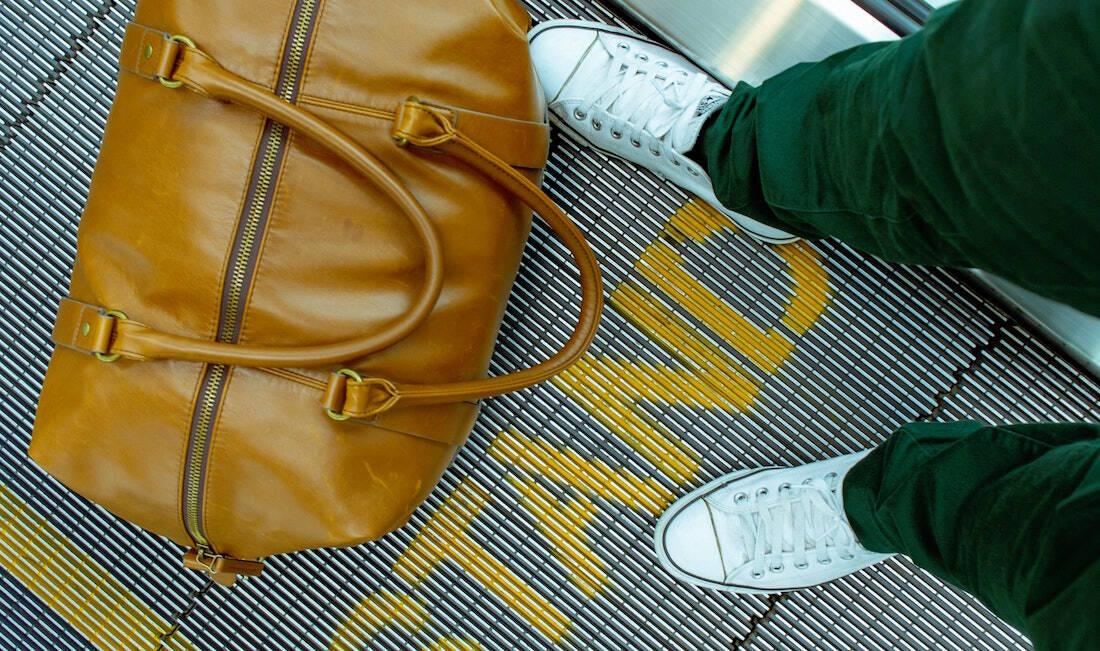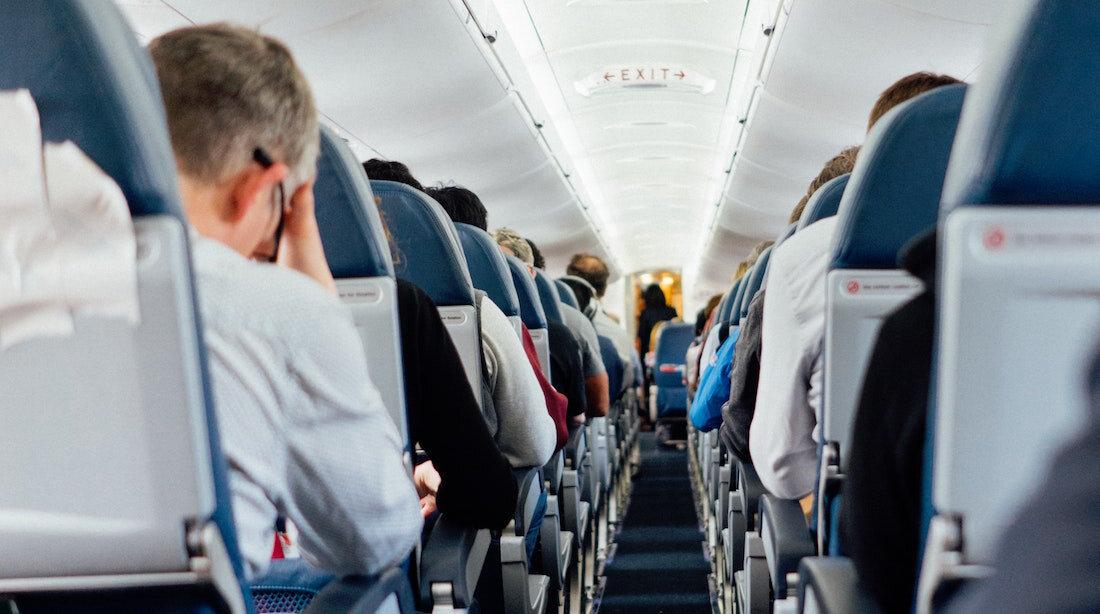
People from all over BC will be flying in and out of YVR (and connecting airports) this summer, en route to long overdue vacations. And while you’re so close you can taste it, there’s one thing that can get in the way of much needed leisure time – an injury sustained at the very place that represents freedom of movement. According to a recent survey, among the most common injuries experienced by travelers in airports are lower back strain (19%) and other pulled muscles (12%) along with a twisted or sprained ankle (10%). Approximately 50% of those injured blame luggage handling as the primary culprit. Considering the facts, follow the tips below to make sure you don’t hurt yourself at the airport when heading away on vacation this summer.
4 Things that Result in Injuries at Airports and Practical Ways to Prevent Them
Rushing with Luggage to Check-In

You already know this, but leave yourself an extra 30-minutes to an hour cushion for your airport arrival. Otherwise you’ll be rushing from the Uber, taxi, or Skytrain to make it to check-in and security. When rushing, you hold your luggage with very poor form which can cause and aggravate existing injuries. Rushing may also lead to the aforementioned twisted or sprained ankle. By leaving yourself plenty of time, you can walk with your luggage in a slow, steady, and controlled motion. Take advantage of the moving walkways so that you can put your bags down and give your legs, arms, back, shoulders, and neck a rest. And don’t be proud – use the luggage carts too! Even if it costs a Toonie or Loonie it’s a small price to pay to enjoy a pain-free vacation.
Sitting and Waiting for Take-Off (and Landing)

When you get on the plane and await takeoff be sure to establish a good seating habit from the get-go. Sit as far back in the chair as possible, so that there is no space between your hips and the back of the seat. Avoid craning your neck to watch others load their carryons into the overhead compartment. If you want to look out of the window from the center or aisle seat, move with your body, not your head, to avoid neck strain. Moreover, be mindful of your head posture, even when feeling frustrated with delays (see man above). When you tilt your head forward the muscles, joints, and nerves in your neck and back experience undue pressure which can lead to upper back pain, shoulder pain, and neck pain. The movement also causes you to round your shoulders which further places a burden on the lower back and increased the risk of a herniated disc.
Lifting Overhead Luggage

Also be mindful when placing carryon bags in an overhead compartment prior to takeover from or landing at the airport. For loading, start by lifting the small luggage onto the top of the seat. From there, place your hands on the left and right sides of the suitcase, and lift it up in a sure and steady manner. Never “one-arm it” in an attempt to look casual and cool to fellow flyers. Save the posturing for the resort pool. Reverse these steps when removing the carryons upon arrival at the destination airport.
Baggage Claim Jerk & Pulls

You’ve arrived and are at the finish line for the first day of your vacation. You just need to make it through baggage claim without getting injured.
For starters, find a cart so that you don’t hurt yourself when carrying bags from baggage claim. You have just sat stationary on a plane for three, six, or more hours. Your body is stiff and primed for a muscle strain or tear. Place the cart next to you at the baggage carousel so that it forms a barrier between you and the next person. This will keep them out of your “lane” when retrieving the luggage (which can lead to poor pickup form). When you see your luggage coming, ready your position. Grasp it from the carousel by bending at the knees, and limit bending at the waist. Lift the luggage from carousel with your leg muscles. With a firm grasp on the handle/s, straighten up, lift the luggage higher, and hold it close to your body. Turn using your core and place it on the cart, then repeat for the next piece that comes your way. If you feel as if you’re at risk of aggravating an injury when the carousel is moving too fast and the luggage is heavy, ask for help from airport personnel. Further, remember these rules when loading the same luggage into the Uber, taxi, or shuttle to your hotel.
Whether you need to prepare your body for summertime airport travel, or you have already sustained an injury from one of the above (or more) actions, schedule a consultation with your local physiotherapist today.
